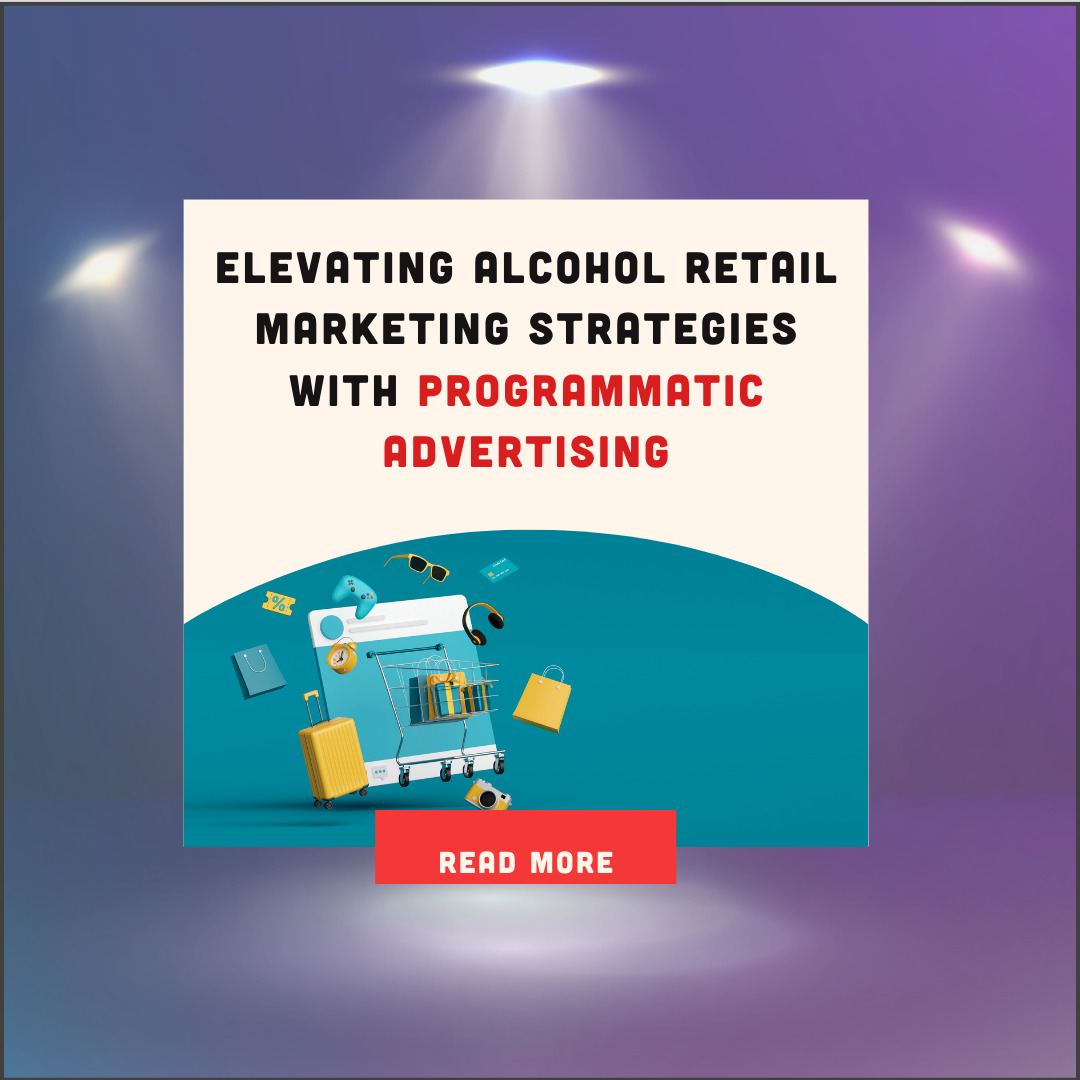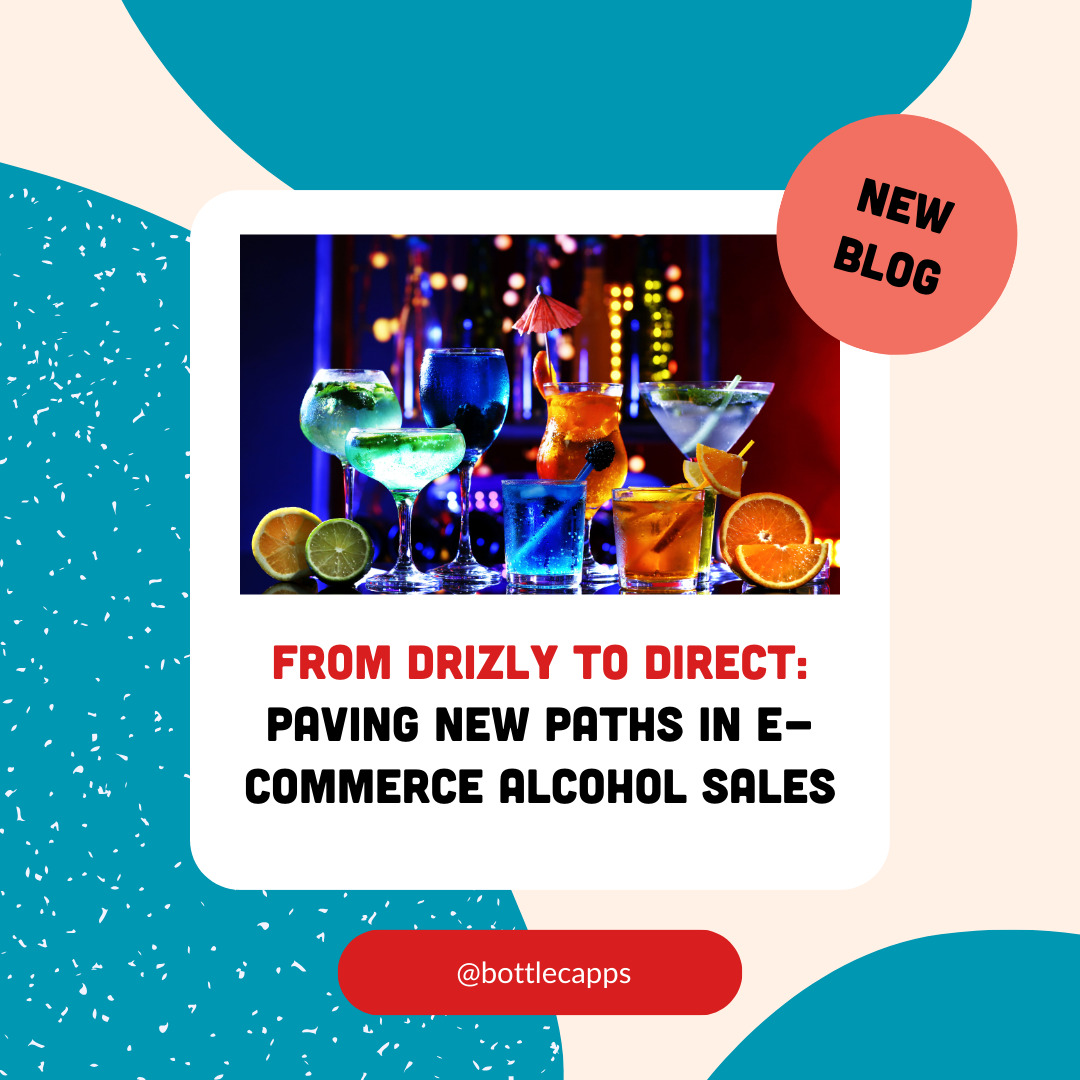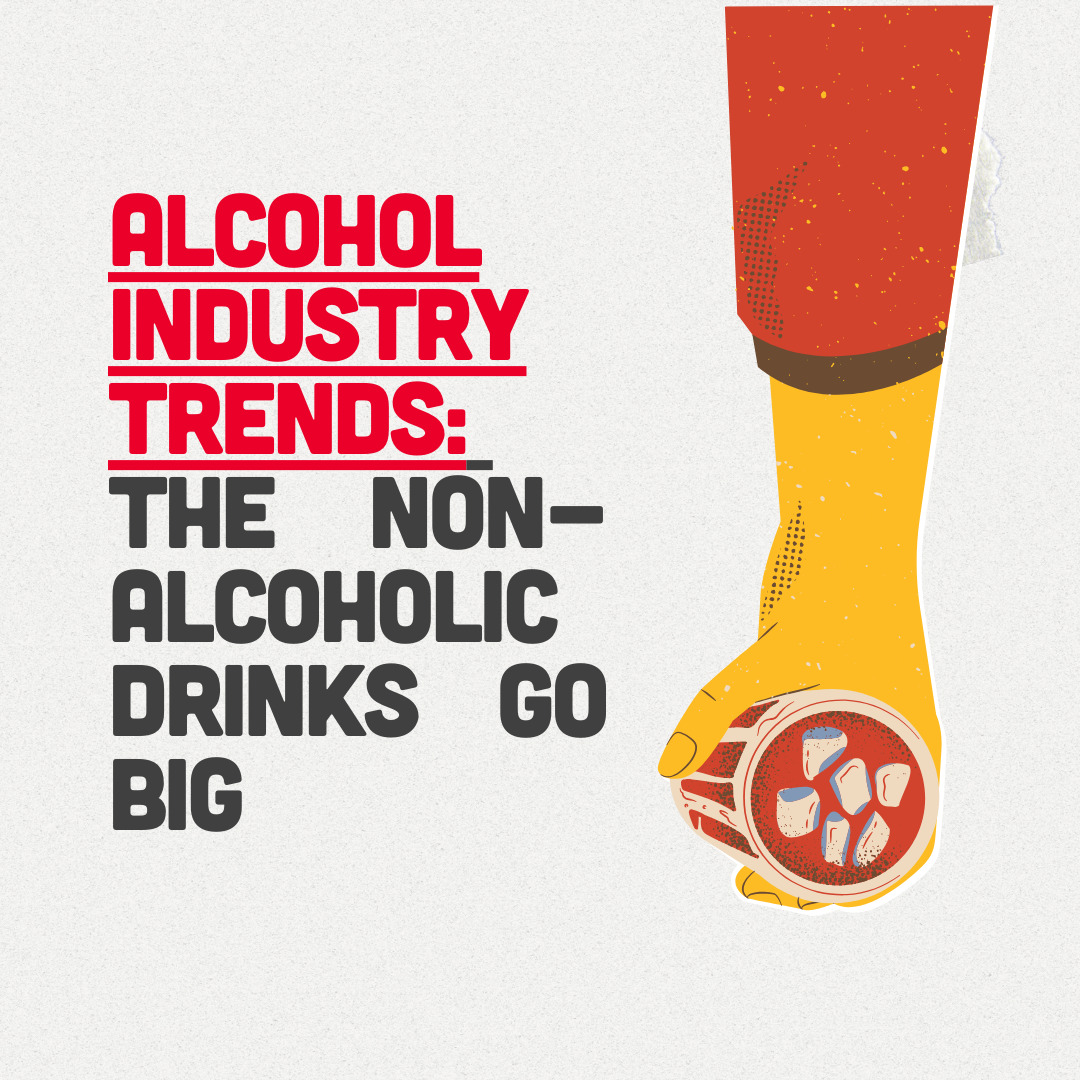“Absinthe makes you crazy and criminal, provokes epilepsy and tuberculosis, and has killed thousands of French people. It makes a ferocious beast of man, a martyr of woman, and a degenerate of the infant, it disorganizes and ruins the family and menaces the future of the country,” Temperance Petition 1907
“The Drink of the Divine.”
Opinions, experiences, and stories vary greatly. For example, Absinthe was revered by the wealthy and the artistic living in France in the late 19th and early 20th centuries for its hallucinogenic, and mind-expanding and illuminating capabilities. The fact that Absinthe had an aura of illicitness and mystery surrounding it made it even more appealing.
Some, upon downing a glass, claimed to gain a “clear-headed form of inebriation”—which was extremely odd for a drink that typically contains between 50 to 70% alcohol.
One writer explained, “After my tenth glass, I sat down to write, and that’s when I got a grip on what that difference was. I was drunk, yes, but not whiskey or wine drunk; I was drunk and clear-headed. I discovered I could write with a strange sense of cognizance when I should have been scratching unintelligible ravings on bar napkins. The alcohol wave was rolling through me, but instead of drowning, I was somehow above it, coolly observing.”
Hey, I’ve even read that van Gogh cut his ear off while hallucinating from Absinthe. That would classify as crazy, right? But the act was more likely caused by his severe drug problem coupled with the turpentine he was known to drink and the colors from his paints that he ate…and from the mental illness he suffered. With all that, it’s surprising that he only cut off his ear.
In addition to van Gogh, its devotees among the art community included, Degas, Manet, Toulouse-Lautrec, Oscar Wilde, Picasso, Proust, James Joyce, Edgar Allan Poe, and my favorite writer – Hemingway.
The Green Fairy.
La Fée Verte. That’s what the French called this mysterious and celebrated drink which was for its natural green color and its magical powers, not because you’ll see a green fairy – although many claim to have seen it.
This is not to be confused with the Green Flash, “La Flash Verte” that some – especially those living in Key West – claim to see just as the last of the evening’s sun drops below the watery horizon. Having seen a lot of ocean sunsets myself, I think the Green Flash has been witnessed by nobody, ever.
It’s 5 o’clock Somewhere.
Absinthe was so popular that 5 o’clock was known as “The Green Hour” in parts of Europe. Were they ahead of their time with the 5 o’clock bit or does this give us a little proof that everything new is just something redone, refined, or given a modern touch – in this instance by Alan Jackson and Jimmy Buffett? Sometimes we model history, sometimes we improve upon it, and sometimes we can’t even spell it (which, due to its use of the masculine “his” I expect a new word forced upon us to replace history).
What the Hell Is Absinthe?
Absinthe is a green or sometimes colorless distilled, highly alcoholic beverage. It is anise-flavored, and three main herbs are used in its production – Grande Wormwood, Green Anise, and Sweet Fennel. The alcohol is infused a second time to intensify the flavor and create the green color.
Generally, 90-150 proof, Absinthe contains the oil, thujone, which comes from wormwood. Thujone is considered a source of medicine, drunkenness, and psychedelic experiences for centuries. That’s an admirable variety of uses for one substance.
Bartender get me another absinthe, make it a double.
Is It Dangerous to Drink?
Thujone is a toxic substance, but only a small amount survives the distillation process, making it harmless.
Absinthe may even be beneficial for you. Recent research has found that the alpha-thujone found in Absinthe causes “CNS cholinergic receptor binding activity” in the brain, which, scientists claim, improves the brain’s cognitive functions. This could explain why the writer who drank ten glasses felt clear-headed because he probably was clear-headed. Practitioners of natural medicine who have been using thujone-rich wormwood for the improvement of thinking and memory were once again ahead of science.
What is the most toxic compound in Absinthe? The alcohol! Yep, the alcohol, all 90+ proof of it. Imagine that.
I Will See the Green Fairy, Right?
Well, probably not. It seems the Green Fairy and the hallucination part is more myth than fact. Sorry.
“What about all those artists of the 19th and 20th centuries…they swore by it, didn’t they,” you may ask? Well, if you’ve ever met artists, creatives, you’ll probably agree that most are naturally a bit crazy. They have to be. So, did the use of Absinthe by those in the early 1900’s make them crazier or excuse the crazy that they already were – that crazy that one needs to be creative?
So, yes, it does depend a lot on your creativity. The more creative you are, the better your chances of coming face-to-face with the Fairy. The power of suggestion also helps. It worked for me.
A closing conversation with Oscar Wilde…
… as he explained the effects Absinthe had on him:
“After the first glass, you see things as you wish they were.
After the second, you see things as they are not.
Finally, you see things as they really are,
and that is the most horrible thing in the world.”
“How do you mean,” he was asked?
“I mean, disassociated. Take a top-hat! You think you see it as it really is. But you don’t, because you associate it with other things and ideas. If you had never heard of one before, suddenly saw it alone, you’d be frightened, or laugh. That is the effect absinthe has, and that is why it drives men mad.”
Crazy.
_______________
Wondering if your favorite beverage store carries Absinthe? Check on their store app and search their inventory. If they don’t have an app, tell them to contact BOTTLECAPPS for their store-branded app. Thank you.
Recent Blogs
Beyond Transactions: Why Excellent Customer Service Is Your Best Marketing Strategy
The Seamless Shift: Navigating Liquor Stores’ Transition to E-Commerce
Elevating Alcohol Retail Marketing Strategies with Programmatic Advertising
Elevating Your Liquor Delivery Game: How to Market Your Service in the Digital Age
Navigating the Digital Shelf: Why SEO is a Game-Changer for Liquor Stores
Uncorking Success: SEO Strategies for Liquor Stores
From Drizly to Direct: Paving New Paths in E-commerce Alcohol Sales
Mastering the Art of Data: Revolutionizing Alc Bev Insights
Alcohol Industry Trends: The Non-Alcoholic Drinks Go Big











